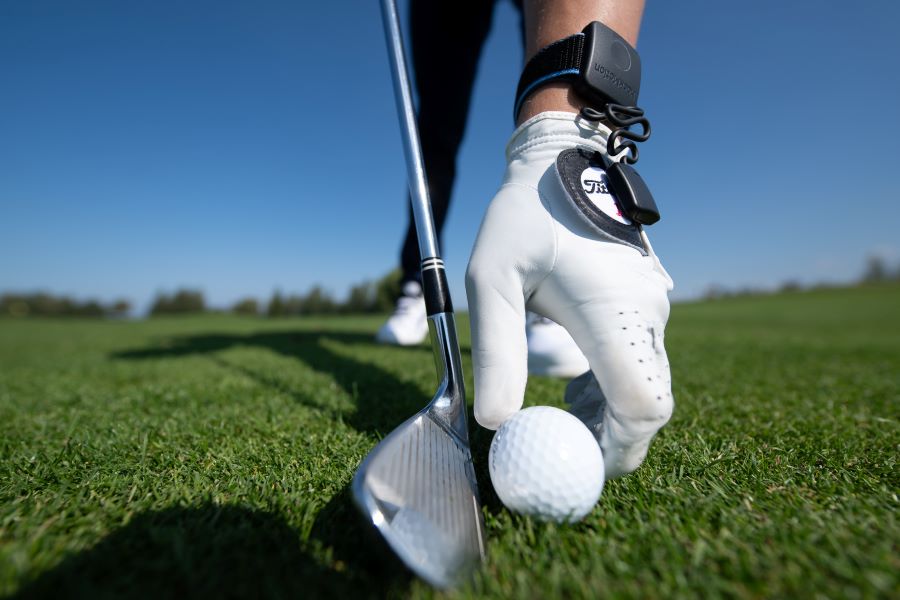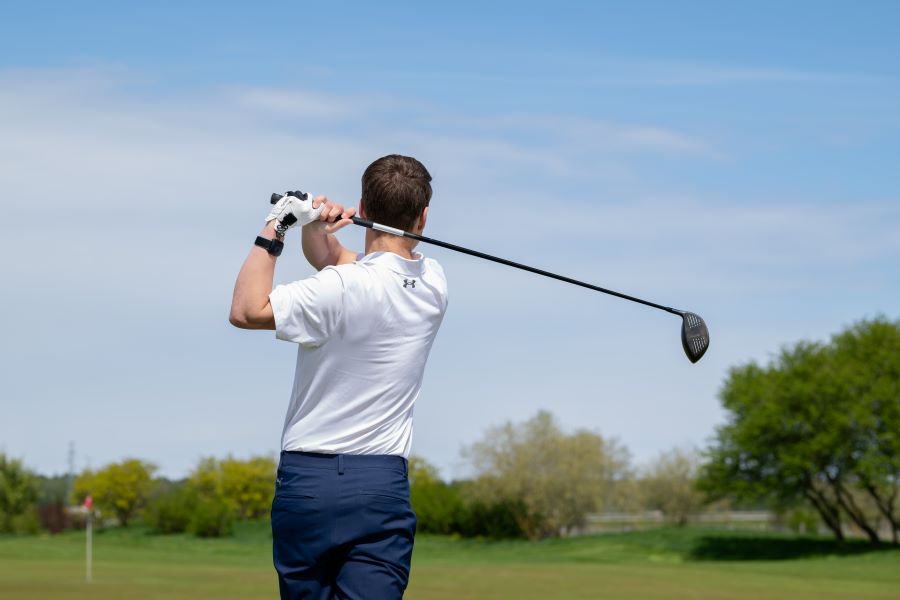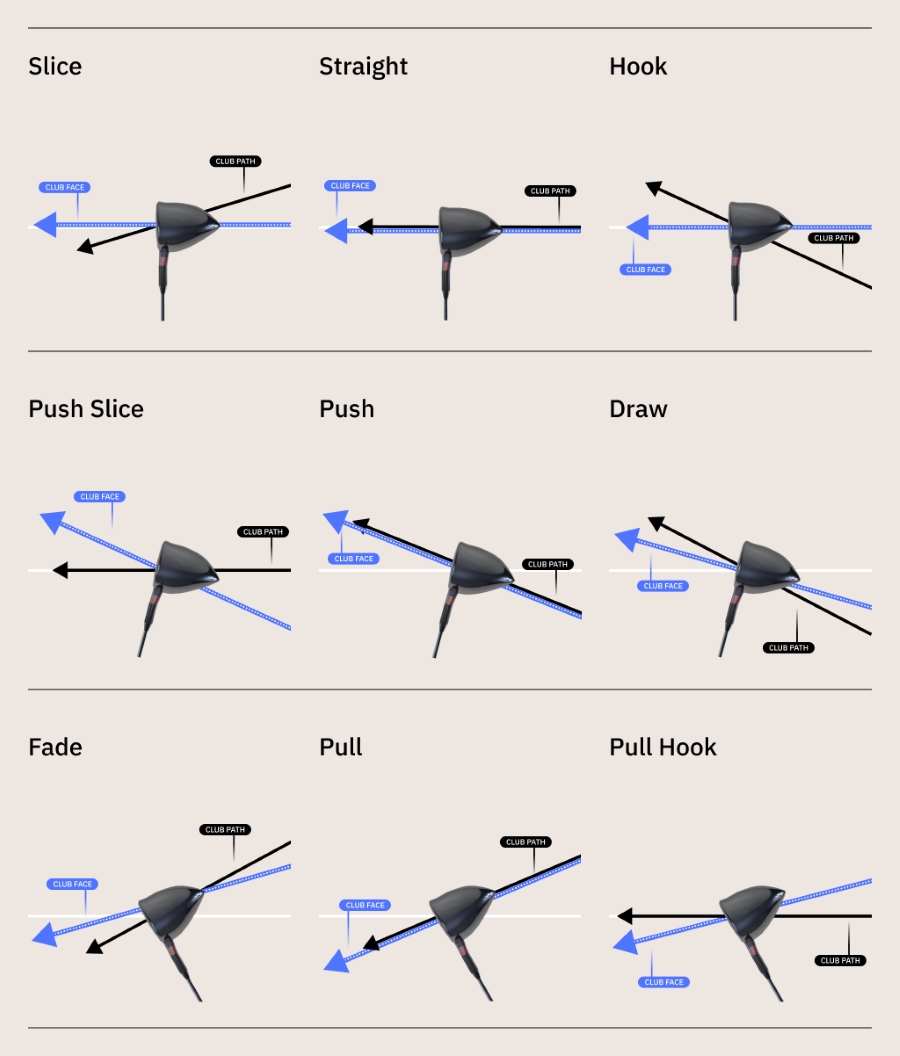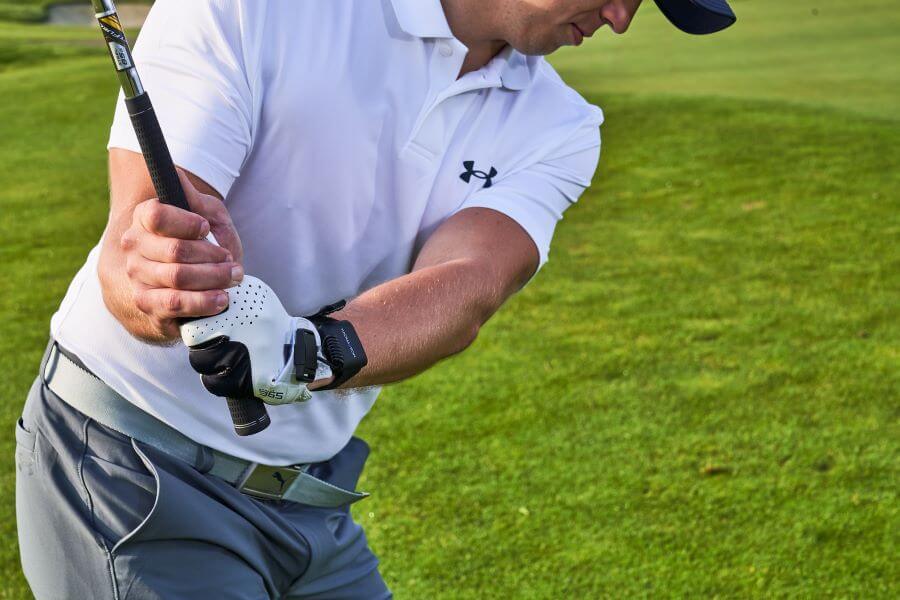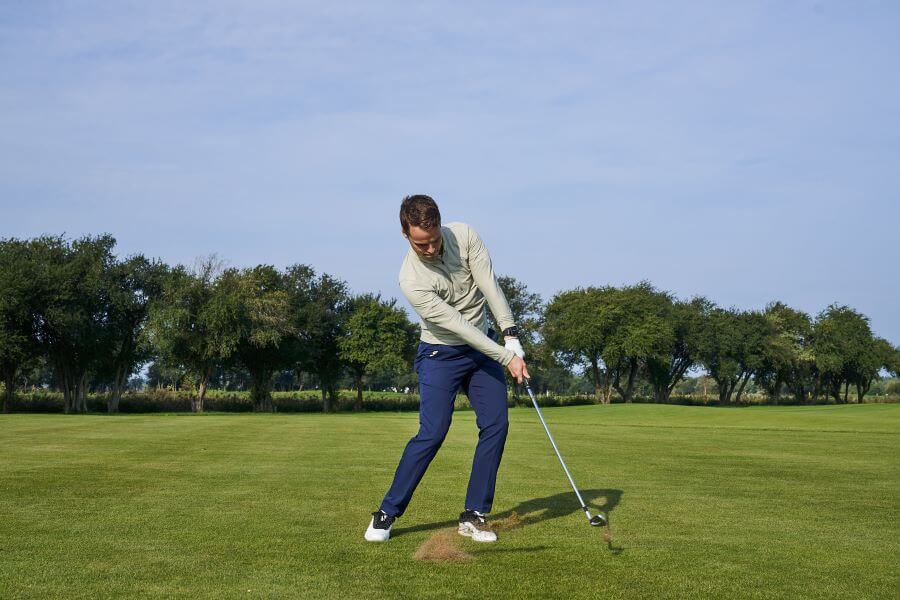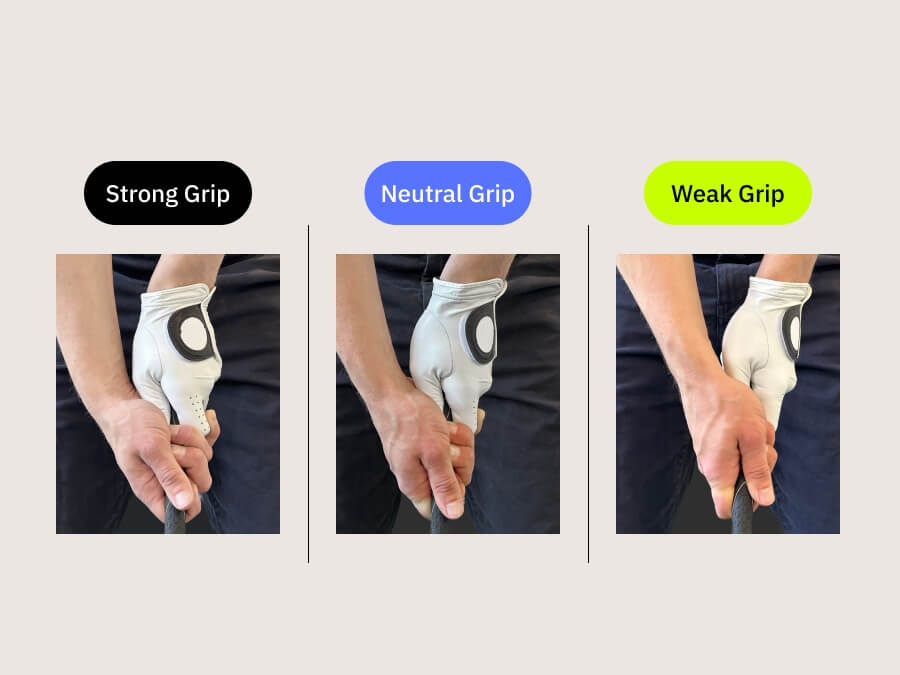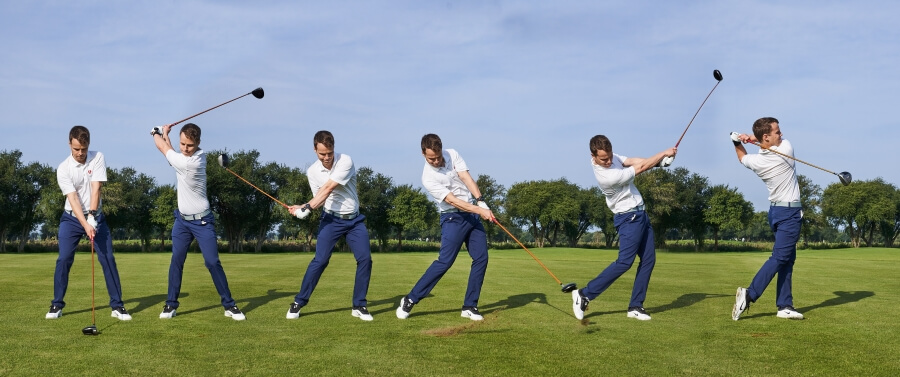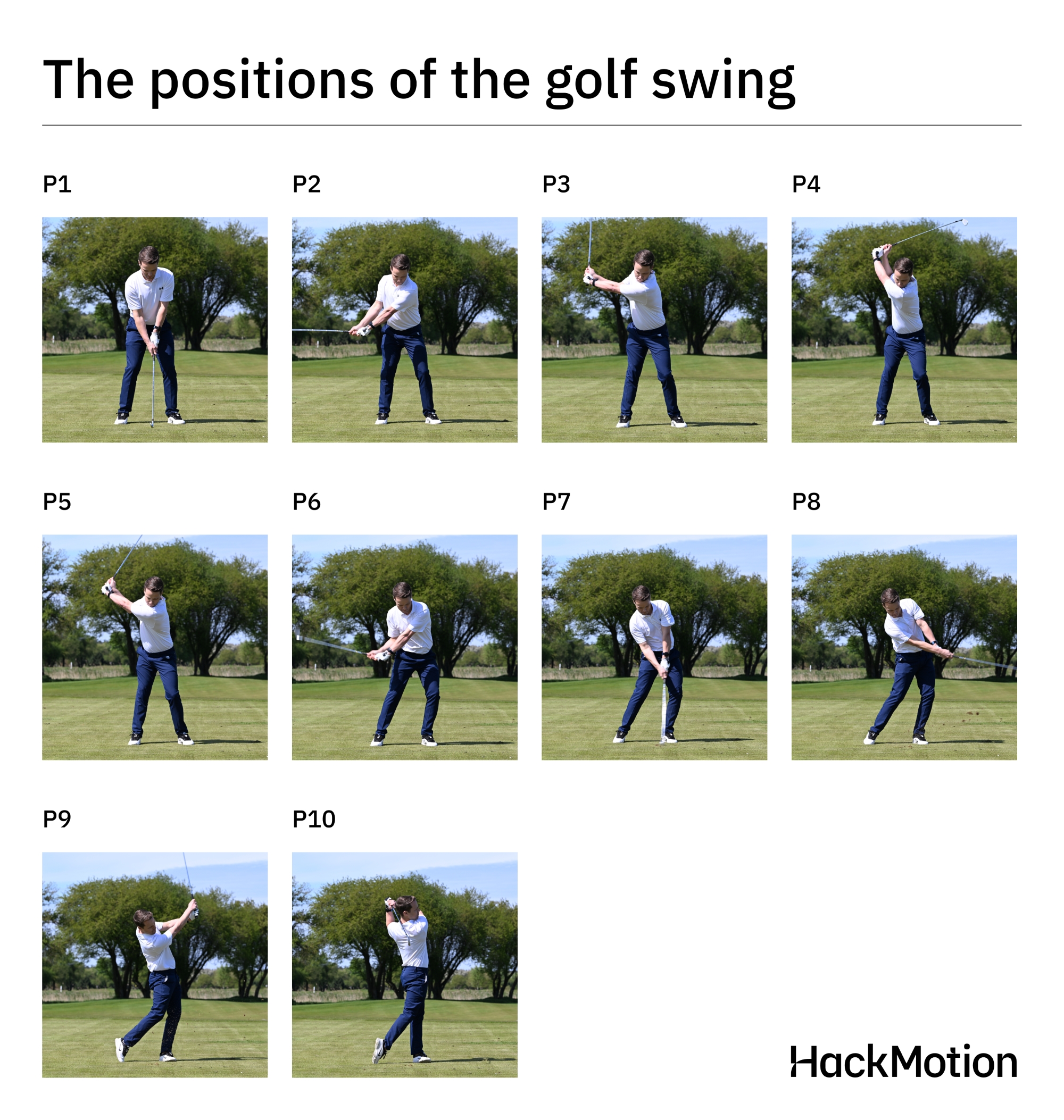How to Put Backspin on a Golf Ball – The Essential Guide & Drills
Have you watched professionals hit a shot into a green that stops exactly where it lands or even backs up a few feet? That’s backspin, and it’s a skill you will want to have in your golf game.
When learning how to put backspin on a golf ball, you need to ensure the conditions and your technique are correct for the shot.
I’ll show you what it takes to get backspin and help you troubleshoot why you might not be getting backspin right now.
Key Takeaways
If you don’t have time to read our entire guide on how to put backspin on a ball, here are the key factors that you need to know.
- To put backspin on a ball you need clean grooves on the club to improve the interaction with the golf clubface and the ball.
- The angle of attack and lead wrist position have to allow you to hit down and through the shot in order to get the ball spinning backward.
- The golf ball and wedges you use will impact your ability to generate backspin.
- Anytime you are able to drive through a golf shot with consistent speed and rotation, it’s easier to generate backspin; this is why faster swing speed players can generate quite a bit of spin.
Contents
How to Create Backspin On Golf Ball – In Short
To get backspin on a ball, you want a clean clubface, a clean golf ball, and a lie in the shorter grass. As you come through the golf ball, you will need to strike it at a descending angle with a high clubhead speed.
The idea is to keep the club moving through impact to maximize friction between the face of the club and the dimples on the golf ball.
How to Get Backspin on Golf Ball – Drills and Tips
Here are the basic steps for getting backspin on a golf ball. Chances are, many of these steps are already part of your golf game. Take a look to see where the disconnect may be, making it difficult for you to generate spin.
1. Clean and Dry Grooves
Before I get technical, let’s start with equipment basics. Your grooves must be clean and dry to achieve spin.
When your wedge grooves are dirty or covered in moisture, you can’t make clean contact with the golf ball, reducing friction and backspin.
Testing has been done to show that wet golf balls, especially those hit from wet grass simply do not spin as much.
Wipe your grooves before and after each shot to dislodge any mud or debris from the cracks. I recommend carrying a damp and dry towel to remove unwanted moisture. Old wedges with withered grooves will also struggle to generate higher levels of backspin.
2. Pick the Right Golf Ball
In addition to having clean grooves, you will want to put the correct golf ball into play.
Something like a Titleist Pro V1 or a Callaway Chrome Soft will make it much easier for you to generate spin than a golf ball with only two pieces like the Callaway Supersoft.
The basic rule of thumb here is that premium golf balls with urethane covers generate more spin.
3. Get the Wrist Angles Right
Wrist angles in golf can get complicated. However, there is one consistency that we see with great ball strikers.
That position is a flexed lead wrist as the golf club approaches impact. The flex in the wrist creates forward shaft lean, improves compression and strike and therefore results in more backspin for a player.
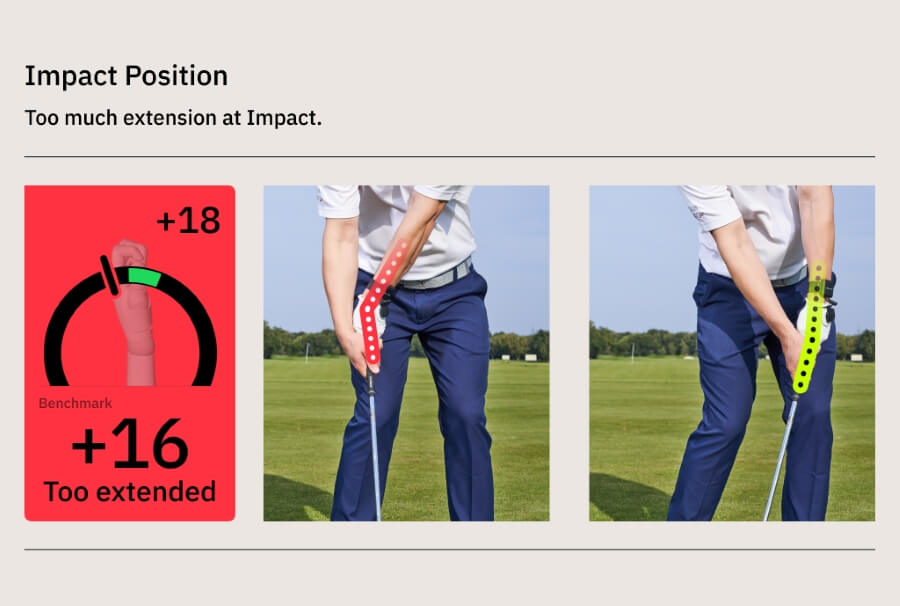
Of course, too much flexion can have a negative effect on the shot, but for most golfers it’s the issue of too much extension that can cause a lack of backspin.
If you want to work on getting more flexion in your lead wrist, compressing the ball and hitting cleaner shots, here’s a great drill to work on.
The HackMotion is the perfect tool for measuring your wrist angles and determining if the incorrect impact position could be causing your lack of spin.
4. Open Your Stance
When you are close to the green and want to increase spin, try opening the stance.
I follow the same approach as Rickie Fowler when trying to create backspin. I open my stance to the target. This means my feet aim to the right of my intended target, which I do to account for my added rotation around the lead leg through impact.
When I set up square to the target, I feel awkward, and I’m unable to produce that added rotation, which helps me keep the clubface open and drive it under the golf ball.
You can still generate backspin on full swing approach shots and have a square stance. However, your backspin rates may just be a little lower.
5. Open Clubface at Address
Another method for the shorter shots includes opening the clubface a bit at address.
The proper impact position requires you to square or close the clubface, leading into contact. If you set up with a face a little open you have a higher chance of hitting a high spinning shot.
I find the open clubface also helps me visualize where I want my clubface before impact to get under the ball and increase friction. An open clubface should help increase the overall height of the shot and actually increase the ball’s ability to stop on the green.
6. More Weight on Lead Leg
Placing approximately 55% of your weight on the lead leg helps to drive the club under the ball to create the friction needed for increased backspin.
Your clubface will stay in the impact zone longer, giving the grooves and the ball more time to interact.
When you set up to hit, feel like you put your belt buckle over your lead foot. This naturally shifts some weight to the lead side. All that’s left to do is to keep it there as you swing.
7. Rotate Around Lead Leg
Rotating around your lead leg keeps your clubhead driving under your golf ball, ensuring the face remains delofted for the duration of your swing.
I’ve noticed this can sometimes be a problem in my own game.
When I stop rotating around my left leg, I’m unable to gather sufficient momentum to keep the club in the impact zone and make clean contact. Instead, the lack of turn causes me to catch the ball thin and send the ball flying across the green.
I’ll never get the backspin when it lands.
Drills to Help You Create More Backspin on the Golf Ball
One of the best ways to get out there and learn to generate backspin on your golf ball is to use practice drills.
These are a few of the drills that I have had the most success with through the years.
Tee Drill
A simple drill you can undertake is the tee drill, designed to help you hit down and through the golf ball.
Put a loose tee in front of the golf ball. When you strike your shot try and hit the ball first and then the tee. This process ensures you compress the golf ball, get better height on your shots and improve overall backspin capability.
I warm up like this before a round of golf to make sure I have the proper angle of attack and I’m hitting down and through the golf shot.
HackMotion Swing Analyzer
That little bit of flexion in the lead wrist at impact can make all the difference when it comes to compression.
If you are not sure if your wrist is moving towards flexion or extension, the HackMotion wrist sensor can get things straightened out for you.
The best drill you can do is the audio feedback, where the HackMotion lets you know when your wrist angle is incorrect and out of position.
Half Swing Drill
A half swing drill makes it just a little harder to get that perfect impact position. With this video you will learn how to make clean contact and get just the right amount of backspin on your golf shots.
However, if you continue to practice these one-handed swings and start to understand what it takes to get your wedge to go down and up in this motion, then you will find it much easier to add backspin to a golf ball on the course.
My favorite trick here is to keep the lead leg slightly forward of the trail leg; it helps promote the rotation around that leg.
Match The Loft Drill
This video from Alex Elliott golf will help you understand the importance of hitting down and through a golf ball while also maintaining the loft of the club. If you maintain that loft through impact and use the bounce of the club correctly, you’ll see higher flying shots that land and stop.
Try this drill with your short game, it’s really changed my mindset around the greens.
FAQs
What is backspin?
The best way to think of backspin is to think about how the golf ball travels forward, but as it travels, it spins backwards. The more backspin a ball carries, the shorter it travels and the softer it lands.
That’s ideal for short game shots where you aim to attack the flag and stop the ball near your target.
Is it difficult to generate backspin on a golf ball?
To generate backspin on a golf ball you have to use loft and a downward angle of attack. This process gets the ball to stop on the green and sometimes even back up a bit.
What factors impact the amount of backspin you can generate?
In addition to ensuring you have the proper angle of attack on your golf ball, it’s also essential to play with the proper equipment (golf ball and wedge) and to make sure your lie sets you up for spin. Clean lies from the fairway are ideal for generating backspin.
What causes backspin on a golf ball?
When the golf ball and golf club strike, the golf ball slides off the clubface. The force of the friction opposes that motion, pushing downwards on the ball.
Why do you need backspin?
You need backspin to help you control the golf ball around the green to attack flagsticks and get up and down. Without backspin, your ball lands and rolls forward a few feet, and reduces your control around the greens.
How do you control backspin?
Control backspin by adjusting the loft on my clubface and wrist angles into impact. If you decrease loft you will decrease backspin. Also make sure you are playing with the right equipment to reduce backspin.
Final Thoughts
After reading our detailed guide, you now know how to put backspin on a golf ball.
An open clubface at contact with the correct wrist angles and a steeper angle of descent will get you the position you need.
The HackMotion offers the most clarity and understanding on wrist positions from address through impact. I find it’s helped improve my contact, friction, and backspin for more consistency on wedge shots.





